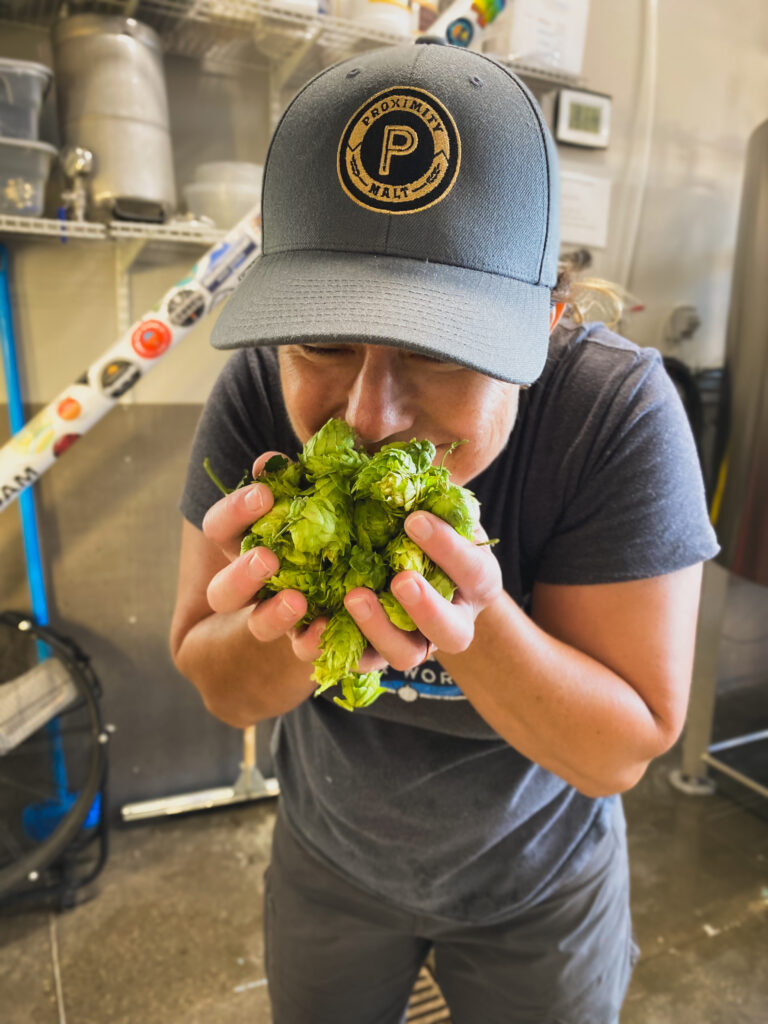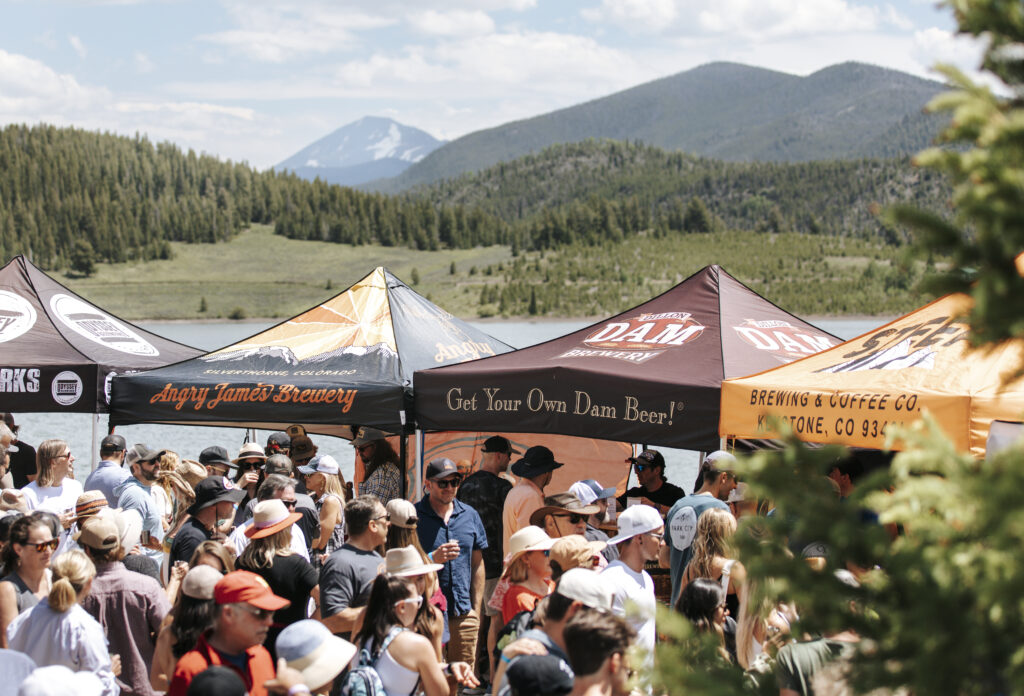Over the last few years in California where I worked brewing in the San Gabriel Valley there was a cruel and pernicious drought that dried several reservoirs and dropped the water table on several aquifers across the state. You can blame climate change or overexploitation but the fact is that this kind of situation will push everyone to reconsider their consumption habits, location selection, hell, even the product composition in some cases.
In blessed places like the Colorado Front Range, a lot of the supply comes from surface sources like reservoirs and streams that have a consistent, yet not constant supply from snow runoff and are reliable in composition. Other parts of the state are not so fortunate and have a mixed supply of surface and aquifer water while others only use wells as sources. In terms of availability a study supplied by the USGS in 2006 suggests that every state will be importing water from foreign sources (Oceans, Canada, other states) by the year 2050, except for those states around the great lakes.
In summary, water is variable, scarce at best and its use needs to be reduced. The fact is that as brewers we frequently care extensively for the quality and supply chain of malted barley or wheat, adjuncts, hops and specialty ingredients, often forgetting that without water we are…well, not brewing.
Water standard use for brewing ranges from “world-class” around 2.5 Barrels of water/Barrel of finished beer (BWBB) to “standard” 5.5 BWBB to extreme >10 BWBB. If you think of it, it is ridiculous to think we need 10 times more water than the beer we produce with it.
So, what’s the answer? The easy answer is “use less water”. Well duh, we know that, but when you have limited resources, low supply pressure, limited time for sanitation and the focus is on making killer beer, the usages generally go up and quickly are out of control. The fact is that a water-reduction approach needs to start with a process approach, more than a “shut the hose” thinking. A water reduction program is expensive, complicated and requires a lot of attention. Plus, we are brewers and brewing is what we do…so the answer needs to start with brewing.
Brewhouse
If you work on your Lautering Efficiency (LE), you can save double the water. Here’s the math:
Think of a Lauter where you get 10 Bbls of a standard Plato wort and you use 20 Bbls of water (during sparge, cleaning, underlet, etc.) at a 70% LE. This is a use of 2 BWBB. If you, by means of process optimization (mill grind changes, mash mixer agitation reduction, enzymes, reduction of beta-glucan-rich materials, sparge temperature optimization) increase your LE to 80%, you will use THE SAME AMOUNT OF WATER and get 11.36 Bbls of wort at the same Plato. That mean you will go down to 1.72 BWBB which is a 12% reduction!!!
On the example above, you didn’t do anything but get better all around, no expensive system from your favorite engineering supplier, no reduction on sanitation (a classic) and you also increased your profitability by paying attention to the process itself.
Cleaning cycles on process equipment
Yep, let’s go there. And the first thought is to reduce them. Perfect. True. Ideal…Nah!
The schedule will give you many times the reduction than simply reducing the cycles. Here’s the math:
Say you have a cycle that lasts 60 minutes and uses 40 Bbls of water (overall including pre-rinse, makeup, cleaning and final rinse(S)). Say you have this cycle every day for 5 days…that means you have used 200Bbls. If you reduce the rinse cycle on each cleaning program lets say 20%, you will save somewhere between 10-15% of the overall water (remember you still have the pre-rinse and cleaning cycles).
If you only consolidate two days of brewing on an overnight or afternoon shift, you save 20% of the water by eliminating one cycle. Didn’t even touch the cleaning program or routine.
Fermenter Capacity
If you fill your fermenters to 50 Bbls and clean it with 40 Bbls of water every cycle, and you have 20 cycles a year, you use 0.8 BWBB. If you increase your fermenter capacity by 10% (using foam control, temperature cycles, etc.) you will go down to 0.72 BWBB which is a reduction of 10% also.
As you can see, there are significant implication to optimizing your process, reducing cycles and increasing equipment utilization. If additional to this you match it with a reduction campaign and a cultural shift to make all brewers conscious of the importance to reduce water usage, you’ll be on your way to achieve best-in-class status for any size operation.
Bernardo Alatorre. Production Manager, Avery Brewing Company.
June 29, 2017








